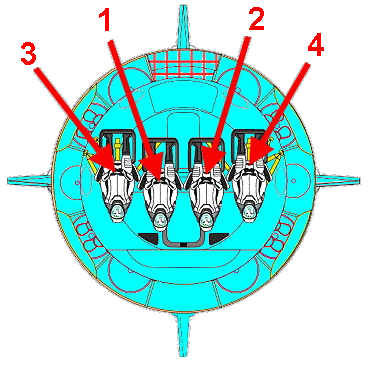Launch from Cape Canaveral (
KSC), Launch
Complex 39-A at
NASA's Kennedy Space Center in Florida. The travel
group landed 50 kilometers northeast of Kennedy Space
Center.
Inspiration4 marked the world's
first all-civilian mission to
orbit. The crew conducted experiments designed to expand our knowledge of
the universe.
Crew Dragon's cargo capacity was allocated for both
crew essentials as well as scientific equipment dedicated to micro-gravity
research and experimentation.
Inspiration4 assigned the maximum
possible mass towards this valuable research, providing access to space for
inspiring projects that are otherwise unable to overcome the high barriers of
traditional space-based research. The mission was planned to include
ultrasounds, microbe samples and a variety of in-flight health experiments
(measure fluid shifts, record ECG activity, blood oxygen levels, heart rates,
etc.) on the human bodies of ordinary citizens who have not been previously
carefully screened and exhaustively trained as professional astronauts. The
study of the effects of spaceflight on human health and performance was done in
collaboration with SpaceX, the Translational Research Institute for Space
Health (TRISH) at Baylor College of Medicine and investigators at Weill Cornell
Medicine. During the journey, an alarm had sounded, and was found to be
associated with an apparent toilet malfunction.
![]()



![]()












